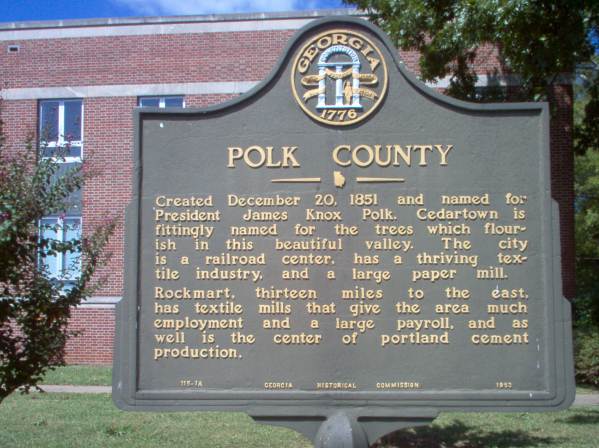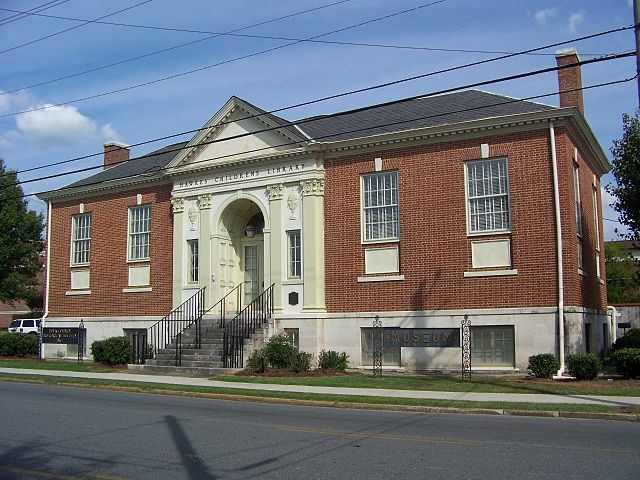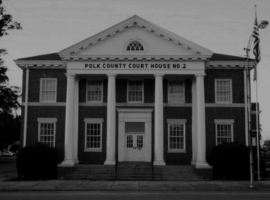Polk County is a county located in the north-central portion of the U.S. state of Georgia. It is located in the Appalachian Mountains region of Georgia and is part of the Atlanta metropolitan area. The county seat is Cedartown. Polk County is bordered by Floyd County to the north, Paulding County to the east, Haralson County to the south, and Bartow County to the west.
Early History of Polk County, Georgia

Polk County was created on December 20, 1851, from parts of Floyd, Paulding, and Carroll counties. It was named after James K. Polk, the 11th President of the United States. James K. Polk served as President from 1845 to 1849 and was known for his expansionist policies, including the annexation of Texas and the Mexican-American War.
Prior to European colonization, the land that is now Polk County was inhabited by the Cherokee and Creek Native American tribes. European settlers began to arrive in the area in the early 19th century, and the county was officially established in 1851.
Like many other areas in Georgia, Polk County was home to a number of cotton plantations in the antebellum period. The county also had a number of iron ore deposits, which were mined and used to produce iron products such as stoves, railings, and other metal goods.
During the American Civil War, Polk County was a center of Confederate sympathizers and saw some fighting. After the war, the county experienced a period of economic growth and development, with the construction of railroads and the development of a number of small towns.
In recent decades, Polk County has become a part of the Atlanta metropolitan area and has seen significant population growth. Today, the county is home to a diverse mix of residents and is known for its small-town charm and natural beauty.
Polk County, Georgia – Recent History

In the post-World War II period, Polk County, like much of the rest of Georgia, underwent a period of rapid economic and population growth. The construction of interstate highways and the expansion of the Atlanta metropolitan area brought new residents and businesses to the county.
During this time, the county’s economy underwent a transformation, with a shift away from agriculture and manufacturing towards a more service-based economy. The county has also seen a number of new residential and commercial developments in recent years, as well as an increase in tourism.
Despite this growth, Polk County has managed to maintain its small-town charm and rural character. The county is known for its natural beauty, with a number of state parks, forests, and wildlife areas, as well as a number of small towns and historic sites. Today, Polk County is a popular place to live and visit, known for its friendly communities and rich history.
